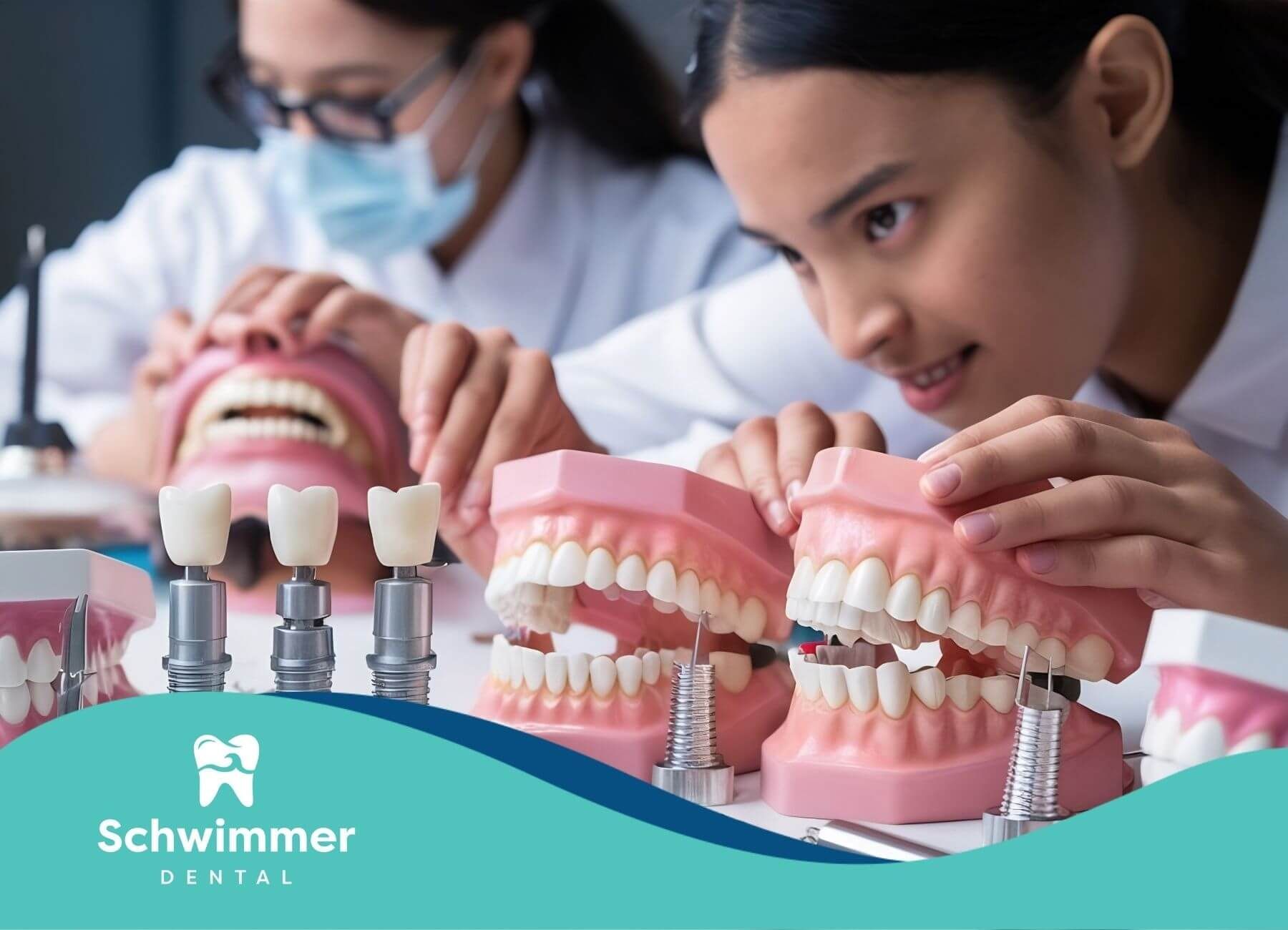How to Tell If You Have a Dead Tooth (Before It Becomes a Bigger Problem)
If you've noticed one of your teeth changing color or feeling different, you might be dealing with a dead tooth. In simple terms, a dead tooth is a tooth that no longer has living nerve tissue or blood flow.
The most obvious sign? Discoloration—typically turning gray, yellow, or dark brown, unlike the healthy white of surrounding teeth.
How to Spot a Dead Tooth
A dead tooth doesn’t always hurt. That’s what makes it tricky. Here’s what to watch for:
- Color change: According to the Cleveland Clinic, discoloration is a key sign of a dying or dead tooth.
- Bad taste or smell: This can indicate infection inside the tooth.
- Swelling or pus: These signs often appear near the gumline.
- Loose tooth: Without blood supply, the tooth weakens over time.
According to the American Association of Endodontists, trauma, deep decay, or repeated dental procedures are the most common causes.
Why It’s Important to Act Fast
Dead teeth don't heal on their own. If left untreated, they can lead to abscesses, gum disease, and even bone loss. In fact, nearly 15% of adults aged 20 to 64 have an untreated decayed tooth that could eventually die.
Located in New Jersey, Schwimmer Dental offers expert care for all your dental needs. Whether you're dealing with a dead or broken tooth, or looking for cosmetic dentistry, we’re here for you.
Need dental implants or an emergency dentist in NJ? Our team provides fast, gentle, and professional care.
Book your consultation today—don’t wait until it hurts.
FAQs
Can a dead tooth be saved?
Often, yes. A root canal can clean out the infection and save the structure of the tooth.
Is a dead tooth always painful?
Not always. Some dead teeth cause no pain but still pose serious health risks.
How long can a dead tooth stay in your mouth?
While it can remain for months or even years, it's risky. Infection can spread and damage surrounding tissue.



